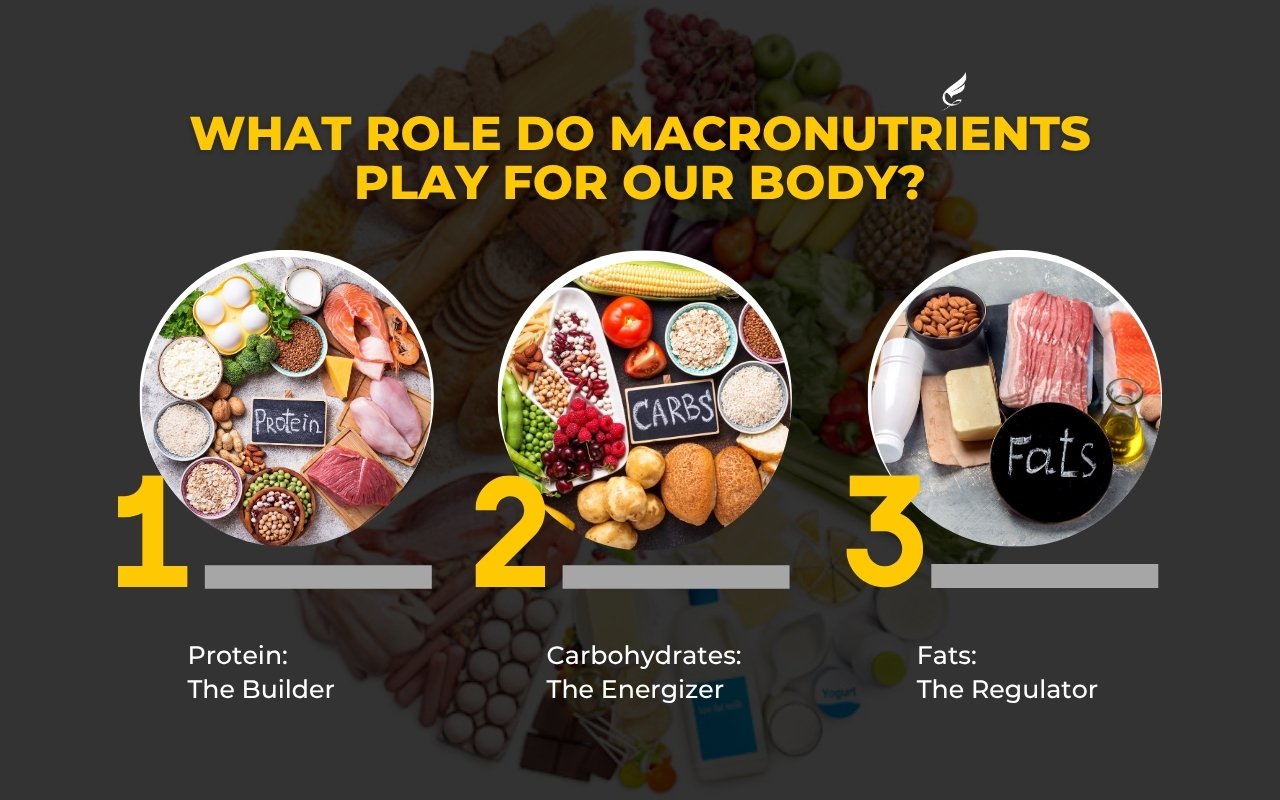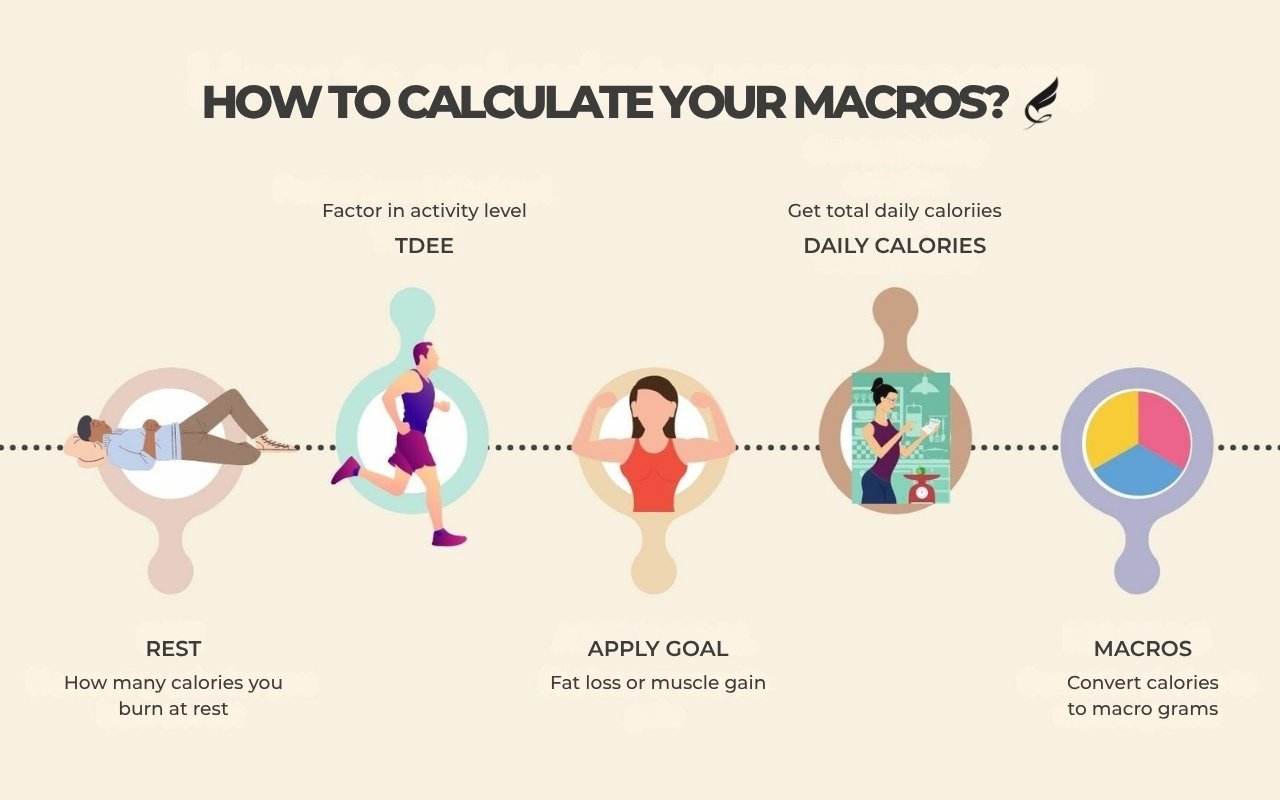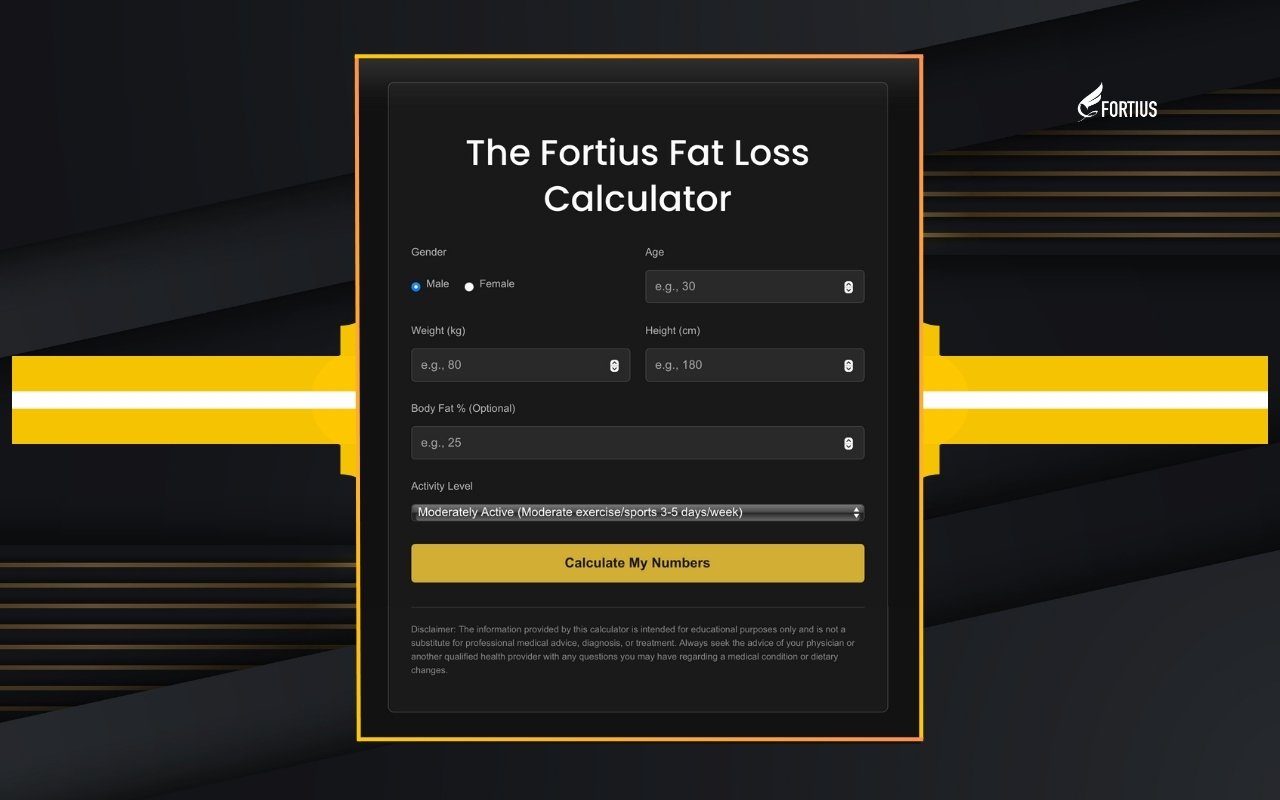A Beginner's Guide to Macronutrients: How to Calculate Your Protein, Carbs, and Fats
In the world of fitness and nutrition, you’ll often hear about counting macros. It sounds like a complex, scientific term reserved for elite athletes, but the concept is surprisingly simple—and mastering it is the single most important step you can take toward taking control of your body composition.
If you've ever felt confused about what to eat to achieve your health goals, this guide is for you. We're going to move beyond the confusion of fad diets and break down exactly what macronutrients are, why they matter, and how to calculate your own starting numbers for successful weight loss or to build muscle.
What Are Macronutrients?
"Macros" is short for macronutrients. These are the three main essential nutrients your body needs in large amounts to fuel bodily functions and maintain overall health. Every single food you eat is comprised of a combination of these three macros:
Protein: The Builder
Carbohydrates: The Energizer
Fats: The Regulator
Each macro provides a certain amount of energy, measured in calories per gram:
Protein: 4 calories per gram
Carbohydrates: 4 calories per gram
Fats: 9 calories per gram
Understanding the role of each is the key to building a healthy diet that works for your specific goals, whether you want to lose weight, gain weight, or simply maintain weight and improve your energy levels.
The Role of Each Macronutrient
1. Protein (The Builder)
Think of protein as the essential building block for your body. It's made up of amino acids, which are crucial for building and repairing tissues, including the lean muscle mass that creates a strong, toned physique. When it comes to fat loss, protein intake is your most valuable tool. An adequate protein intake from protein-rich foods increases satiety (making you feel fuller), boosts your metabolism through a process called protein synthesis, and helps you maintain muscle mass even when you consume fewer calories.
Key Sources: Lean meats like chicken breast, beef, fatty fish like salmon and tuna, eggs, Greek yogurt, cottage cheese, and plant foods like lentils and tofu.
2. Carbohydrates (The Energizer)
Carbohydrates are your body's primary and preferred source of fuel. Your carbohydrate intake provides the energy needed to power you through your workouts and maintain your energy levels and focus during a busy workday. Complex carbs are broken down into glucose more slowly, helping to maintain stable blood sugar levels. This glucose is stored in your muscles and liver as glycogen, ready to be used when you need it most.
Key Sources: Focus on nutrient-dense foods like oats, brown rice, quinoa, sweet potatoes, fruits, and vegetables.
3. Fats (The Regulator)
Dietary fats often get a bad reputation, but the right kind of healthy fats are absolutely essential for your health. Your fat intake plays a critical role in hormone production, absorbing fat-soluble vitamins (A, D, E, and K), and managing inflammation. Including unsaturated fats like monounsaturated fats and polyunsaturated fats in your diet is vital for maintaining optimal hormonal balance, supporting immune function, and even helping to lower blood pressure.
Key Sources: Avocado, nuts (almonds, walnuts), seed oils (chia, flax), olive oil, and fatty fish.
Common Mistakes to Avoid When Tracking Macros
Starting your macro counting journey is empowering, but beginners often fall into a few common traps. Avoiding these will accelerate your progress and make the process more sustainable.
Ignoring Fiber: While not a macro, fiber is critical for digestive health and satiety. A common mistake is hitting your carb number with processed foods that lack fiber, leaving you hungry and unsatisfied. Prioritize high-fiber veggies.
Forgetting "Hidden" Fats: Cooking oils, dressings, sauces, and small handfuls of nuts can add hundreds of fat calories to your daily total without you realizing it. Be mindful of how your food is prepared.
Inconsistency on Weekends: A perfect diet from Monday to Friday can be completely undone by unstructured eating on Saturday and Sunday. True progress comes from consistency across the entire week.
Chasing Perfection Over Progress: You don't need to hit your macro targets to the exact gram every single day. Aim for a consistent average over the week. Stressing about being a few grams off is counterproductive.
How to Calculate Your Macronutrient Needs
Macro counting doesn't have to be complicated. It involves a simple two-step process to determine your ideal macronutrient intake.
Step 1: Determine Your Daily Calorie Target First, you need to know how many calories your body needs each day. This is your Total Daily Energy Expenditure (TDEE) and depends on your age, gender, body weight, height, and activity level. If you want to lose weight, the goal is to create a caloric deficit by consuming slightly fewer calories than your TDEE.
Step 2: Allocate Those Calories to Macros Once you have your total calorie intake, you can divide those calories among the three macronutrients to find your ideal macro ratio. A common, balanced starting point for fat loss is:
Protein: Set at a high level to preserve muscle (e.g., 1.8g per kg of bodyweight). Knowing how much protein to eat is crucial.
Fats: Set at a moderate level for hormonal health (e.g., 25-30% of total calories).
Carbohydrates: The remainder of your calories will come from carbs.
Beyond Macros - Why Nutrient Timing Matters
For those looking to optimize performance, when you eat your macros can be almost as important as how much you eat.
Pre-Workout: Consuming a meal rich in complex carbohydrates and some protein 1-2 hours before training ensures your muscles are fueled and ready to perform, allowing you to train harder and get better results.
Post-Workout: A post-workout meal containing fast-digesting protein and carbohydrates helps to replenish your muscle glycogen stores and kick-starts the muscle repair and growth process. This is a critical window for recovery.
While not essential for beginners, as you progress, structuring your food intake around your training can significantly enhance your muscle gain and recovery.
The Easiest Way to Get Your Numbers
While you can calculate how many grams of each macro you need manually, the process can be complex. To get a precise, data-driven starting point tailored to you, the best method is to use a reliable tool.
Our goal at Fortius is to empower you with the knowledge to succeed. We've developed a free, comprehensive calculator that does all the hard work for you. It will instantly determine your ideal calorie needs and provide you with several macronutrient plan options to choose from.
Ready to find out your personal blueprint? Get your numbers in 60 seconds.









